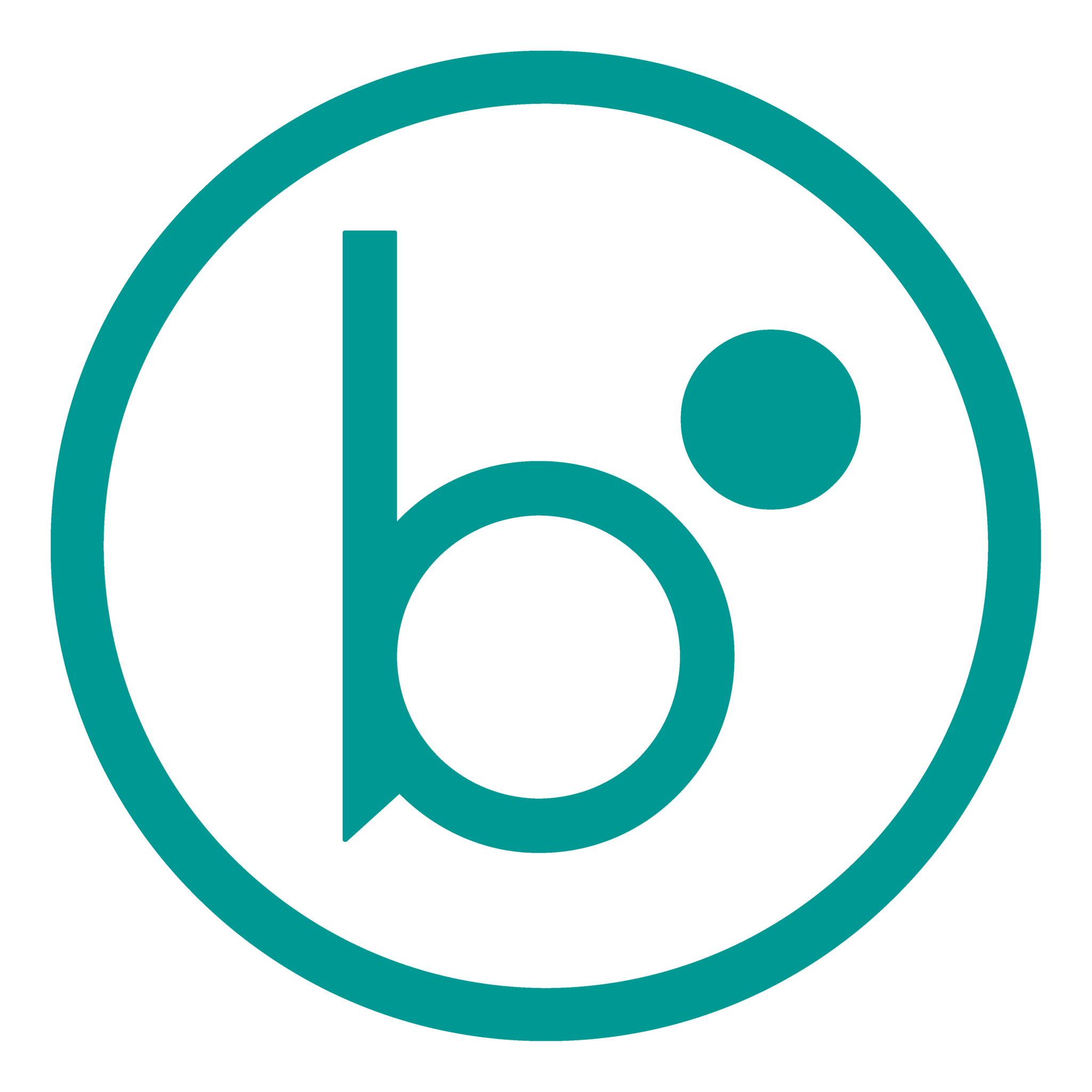
Baby reflux symptoms can be a cause of concern for many parents. When infants experience gastroesophageal reflux, it can lead to discomfort and distress. However, understanding the symptoms and identifying effective solutions can provide much-needed relief for both the baby and the parents.
What are the Symptoms?
Baby reflux symptoms can vary, but some common indicators include:
- Frequent spitting up
- Excessive fussiness during or after feeding
- Back arching
Parents may notice their baby seems uncomfortable when lying down or experiences difficulty sleeping. Additionally, some babies may display signs of feeding aversion or refuse to eat due to the discomfort caused by reflux.
Identifying the Causes of Baby Reflux
Reflux in babies occurs when the contents of the stomach flow back into the esophagus. The lower esophageal sphincter (LES) is a muscle that normally keeps the stomach contents in place. The LES may not fully develop in infants, leading to reflux. Certain factors like overfeeding, improper feeding positions, or food intolerances may exacerbate the condition.
Avoid air-swallowing while feeding
Parents seeking relief for their little ones can turn to Bare® Air-free as a promising solution. Developed by a mom of a baby with reflux symptoms, this innovative feeding device cuts on air. Its true air-feeding technology is clinically proven to reduce reflux symptoms in full-term infants 0-12 months.
Other Tips to Alleviate Baby Reflux Symptoms
In addition to using Bare® Air-free feeding system, there are other strategies parents can employ to ease baby reflux symptoms:
- Smaller, More Frequent Feedings: Offering smaller amounts of milk or formula more frequently can prevent stomach overload and minimize reflux episodes.
- Keep the baby upright while feeding: Using gravity to keep the food in the baby’s belly has been proven to help alleviate and prevent some symptoms. Dr. Lightdale’s research shows that a semi-upright or lay-down position doesn’t help; it makes it worse.
- After feeding: Holding your baby upright for at least 30 minutes after feeding can aid digestion and decrease the likelihood of reflux.
How to save money on treatments?
Near two-thirds of infants in the US suffer from severe GERD symptoms, according to the National Institutes of Health. Cycling thru expensive formulas, multiple Dr. visits, OTC medication, and inadequate bottles without results can be extremely expensive. Preventing the problem from day one by using the right feeding device can save parents well over $5,000 per year.
Baby reflux symptoms can be distressing for both infants and parents. But with the right knowledge and solutions, there’s available relief within reach. By addressing reflux symptoms early on and adjusting feeding routines like using Bare® Air-free from day one, parents can help their little ones find comfort and enjoy a more pleasant feeding experience. Beware that allergy and milk protein intolerance may show similar symptoms as acid reflux. Remember to consult with a pediatrician if reflux symptoms persist or worsen.
